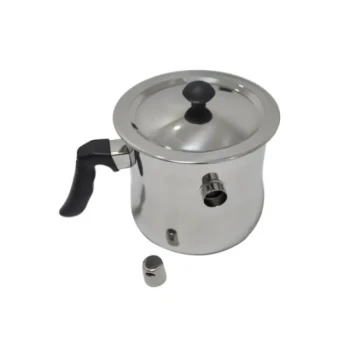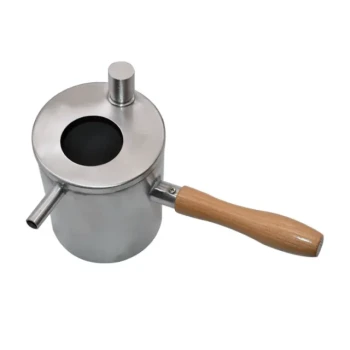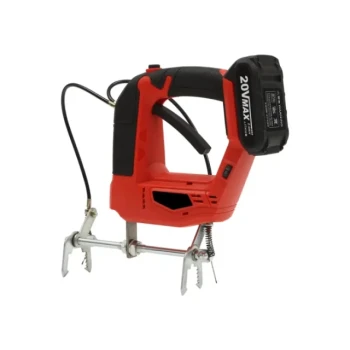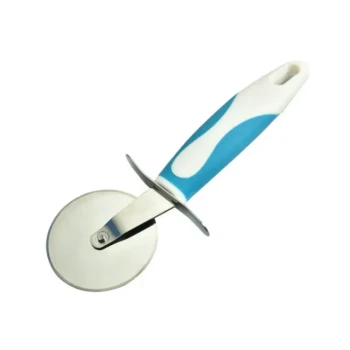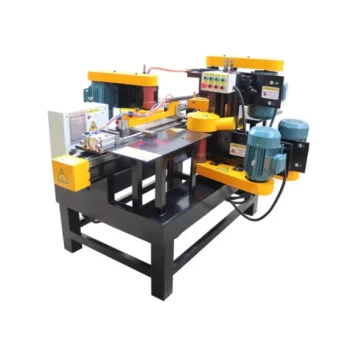서론
양봉가와 밀랍 예술가들은 비용을 절감하면서 생산을 최적화할 방법을 끊임없이 모색하고 있습니다. 전기 밀랍 멜터는 기존의 녹이는 방식으로는 따라잡기 힘든 정밀성, 안전성 및 에너지 효율성을 제공하며 판도를 바꾸는 기술로 부상했습니다. 이 기사에서는 다음을 탐구합니다.
- 현대식 멜터의 하이브리드 에너지 통합
- 온도 조절기와 단열재가 안전성을 높이고 낭비를 줄이는 방법
- 전기 멜터와 대안을 비교하는 비용-편익 분석
- 실제 적용 사례를 통해 입증되는 실질적인 이점
상업용 양봉장 및 유통업체의 경우 이러한 혁신은 운영 비용 절감과 일관된 생산 품질로 이어집니다.
기본적인 녹이는 작업을 넘어서는 전기 밀랍 멜터
하이브리드 에너지 통합: 전기와 태양이 함께 작동하는 방식
현대의 전기 밀랍 멜터는 종종 그리드 전력과 태양광 호환성을 결합한 듀얼 전원 기능을 통합합니다. 이러한 하이브리드 접근 방식은 다음과 같은 이점이 있습니다.
- 햇빛이 강한 낮 시간 동안 태양광으로 보완하여 재생 불가능한 에너지 의존도를 줄입니다.
- 밀랍 품질에 중요한 전력 변동 시에도 일정한 온도를 유지합니다.
- 특히 햇볕이 잘 드는 지역에서 운영될 경우 장기적인 에너지 비용을 절감합니다.
알고 계셨나요? 태양광 준비가 된 시스템은 연간 에너지 소비량의 최대 30%까지 상쇄할 수 있어 지속 가능한 양봉 관행에 이상적입니다.
정밀도와 안전성: 온도 조절기와 단열재의 역할
전기 멜터는 다음과 같은 방식으로 기존 방식을 능가합니다.
- 정밀 온도 조절기: 최적의 녹는 온도(±2°F 편차)를 유지하여 과열로 인한 밀랍 변질을 방지합니다.
- 다층 단열재: 열 손실을 최소화하여 단열되지 않은 모델에 비해 에너지 낭비를 최대 25%까지 줄입니다.
- 자동 차단 기능: 개방형 화염 멜터의 일반적인 우려 사항인 화재 위험을 완화합니다.
이러한 기능은 더 높은 밀랍 수율과 장비 마모 감소를 보장하며, 상업용 양봉장과 같은 대량 사용자에게 직접적인 이익을 제공합니다.
전기 멜터로 가치 극대화
비용-편익 분석: 에너지 소비 대 기존 방식
| 요소 | 전기 멜터 | 이중 보일러 | 태양광 멜터 |
|---|---|---|---|
| 에너지 효율성 | 높음 (조절 가능) | 낮음 (지속적인 열) | 날씨 의존적 |
| 운영 비용 | kWh당 약 $0.10–$0.15* | 더 높은 연료 비용 | 최소이지만 불규칙함 |
| 노동 요구 사항 | 최소한의 모니터링 | 높은 감독 필요 | 날씨 의존적 |
대략적인 데이터: 전기 모델은 이중 보일러에 비해 시간이 지남에 따라 20~30% 적은 에너지를 소비하며, 녹는 주기가 더 빠릅니다.
사례 연구: DIY 및 상업용 사용에서의 실제 효율성
- 소규모 양봉가: 중서부의 한 양봉장은 절연 처리된 전기 멜터로 전환한 후 연간 $200 절감을 보고했으며, 밀랍이 타는 현상 감소와 처리 속도 향상을 언급했습니다.
- 상업용 유통업체: HONESTBEE 파트너는 전기 멜터를 통해 처리된 배치에서 15% 더 높은 밀랍 투명도를 확인했으며, 이는 제품 시장성을 향상시켰습니다.
이러한 예는 예측 가능한 성능과 폐기물 감소가 초기 투자를 정당화하는 방법을 강조합니다.
결론: 현대식 멜터가 기존 시스템보다 우수한 이유
전기 밀랍 멜터는 기존 방식에 내재된 에너지 낭비, 안전 위험 및 비용 비효율성이라는 핵심 문제를 해결합니다. 상업적 운영의 경우 투자 수익률(ROI)은 절감액을 넘어섭니다. 일관된 밀랍 품질과 노동력 감소는 생산성을 증폭시킵니다.
밀랍 처리 업그레이드를 준비하셨습니까? 지속 가능성과 정밀도를 우선시하는 양봉가를 위해 설계된 HONESTBEE의 에너지 효율적인 멜터 라인업을 살펴보십시오.
대략적인 값은 업계 평균을 기반으로 한 추정치입니다. 실제 결과는 사용 조건에 따라 다를 수 있습니다.
찾고 계실 만한 제품:
시각적 가이드
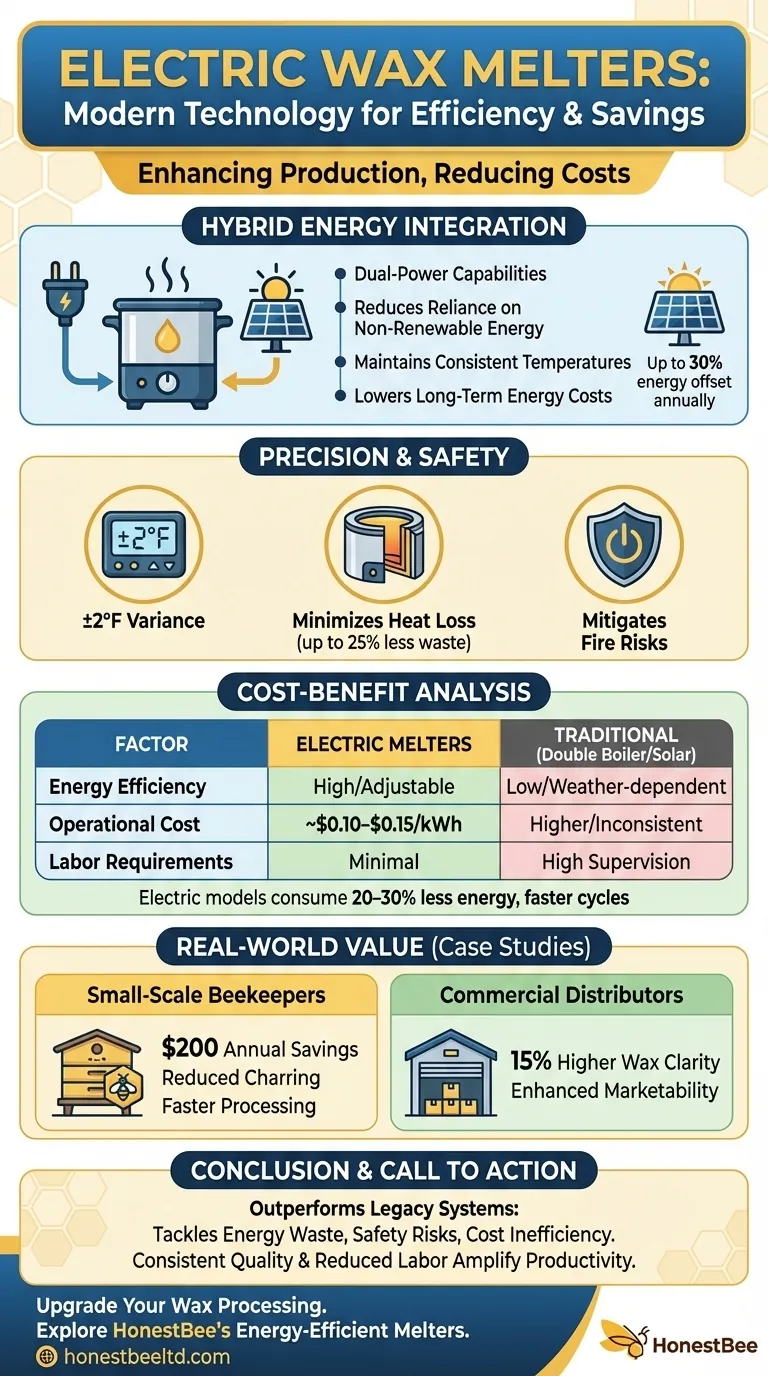
관련 제품
- 캔들 제조용 밀랍 용융기 허니비 왁스 용융기
- 양봉 및 공예용 전문 스테인리스 스틸 왁스 용융기
- 왁스 가공용 스팀 밀랍 용융 왁스 워머
- 양봉용 HONESTBEE 72 프레임 산업용 전기 벌꿀 추출기
- 양봉용 전기 벌꿀 추출기 HONESTBEE 6 프레임 3 사용

